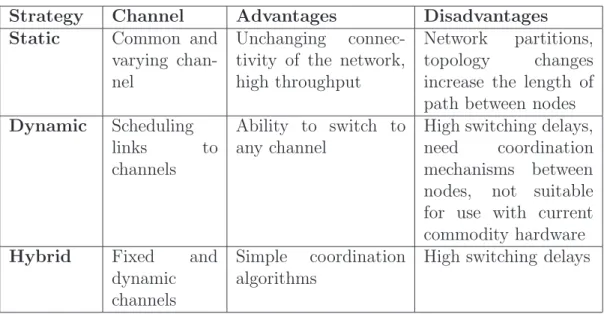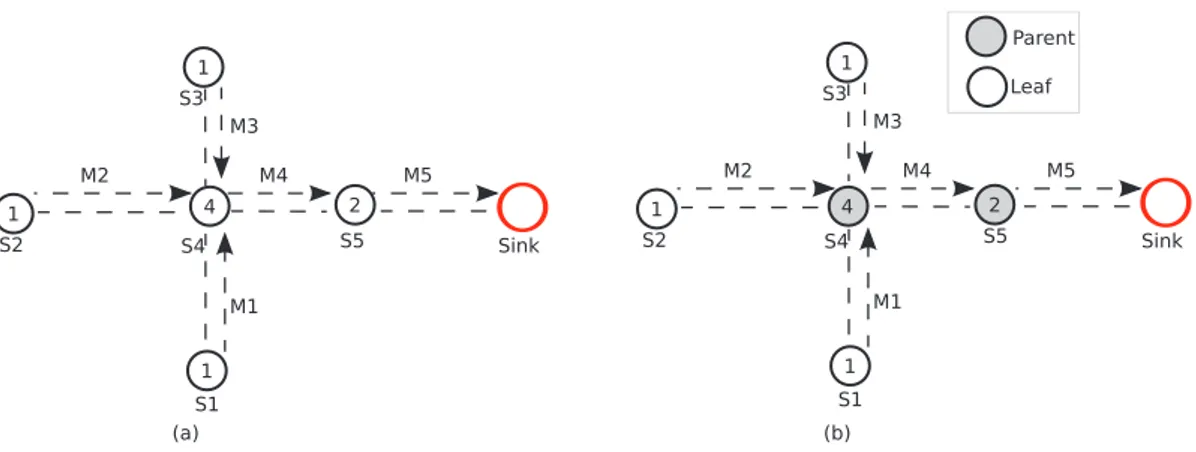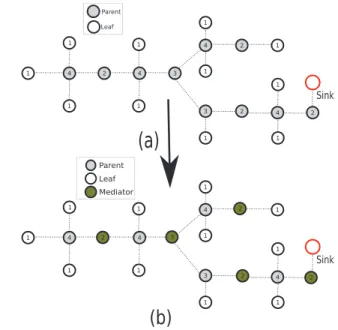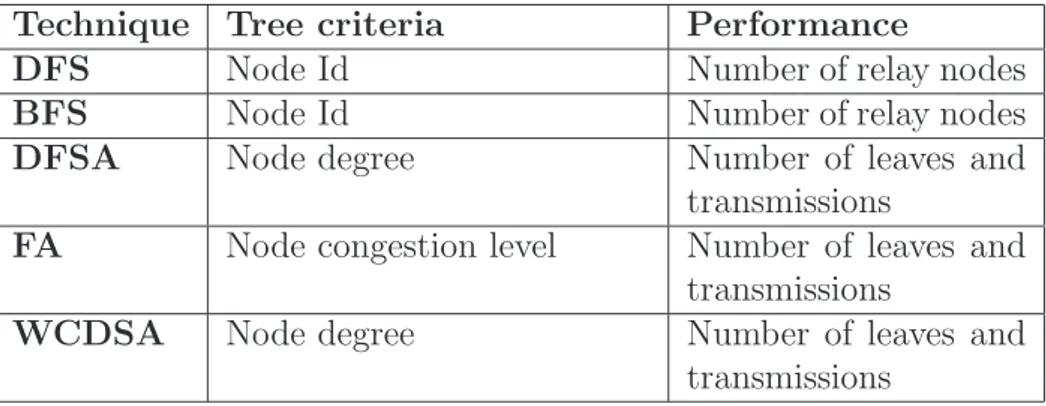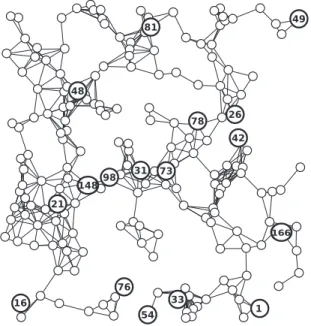Efficient data aggregation and routing in wireless sensor networks
Texte intégral
Figure
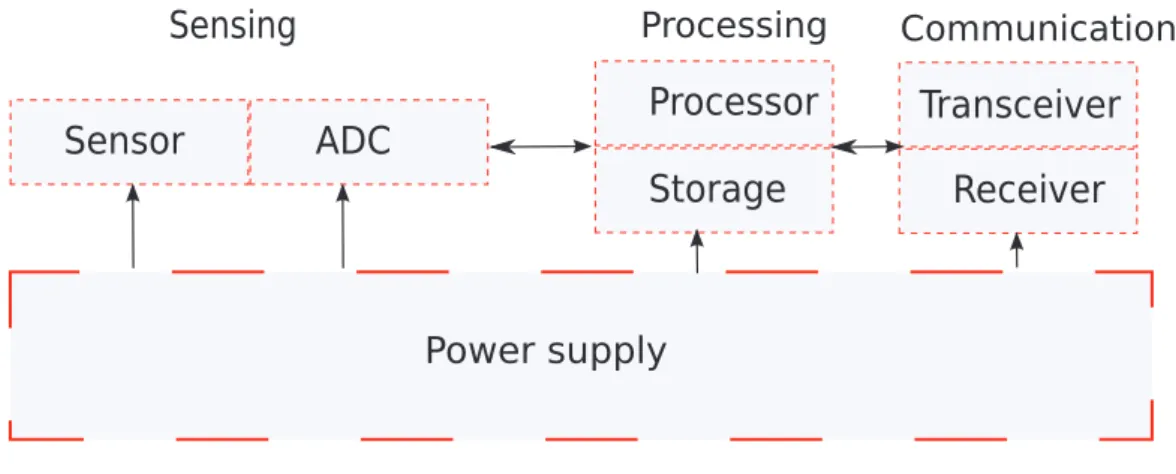
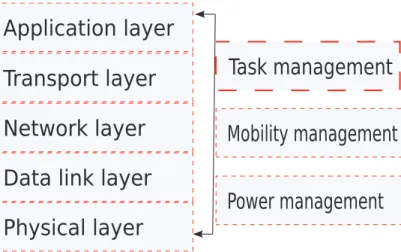

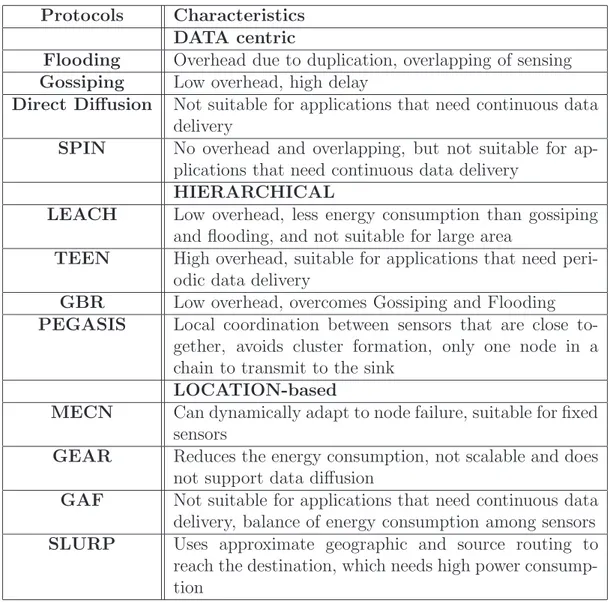
Documents relatifs
1) Where to aggregate is the objective of aggregation structure. This category defines how the aggregated data is routed towards the sink by using or creating a network structure,
The sparsity of the transfer matrix is obtained trying to reduce the degree (i.e. the number of measurements involved in each linear combination) of the coded packets by
We have pro- posed a new data aggregation scheme based on a dynamic waiting time, which uses judicious decision making policies at the aggregator nodes level in order to determine
The D-SWC algorithm is based on the greedy algorithm proposed in [16] for solving the domatic partition problem and the distributed optimal-compression clustering protocol (DOC 2
Set-up phase is group forming phase, all the nodes use a vector ( Rc) to demonstrate ~ evolution, and then by communicating with neighbours, nodes holding similar evolution form
For a given source-sink pair of nodes, the sink will unicast on a shortest path routing (along a straight imaginary line) the query request to the source node..
Our work is based on two hops verification mechanism: In our solution, called SEDAN (for Secure and Efficient Data Aggregation protocol for wireless sensor Networks), each node
This paper describes a protocol for constructing such a col- lection tree in multi-hop sensor networks, where the protocol ensures that the resulting collection tree

